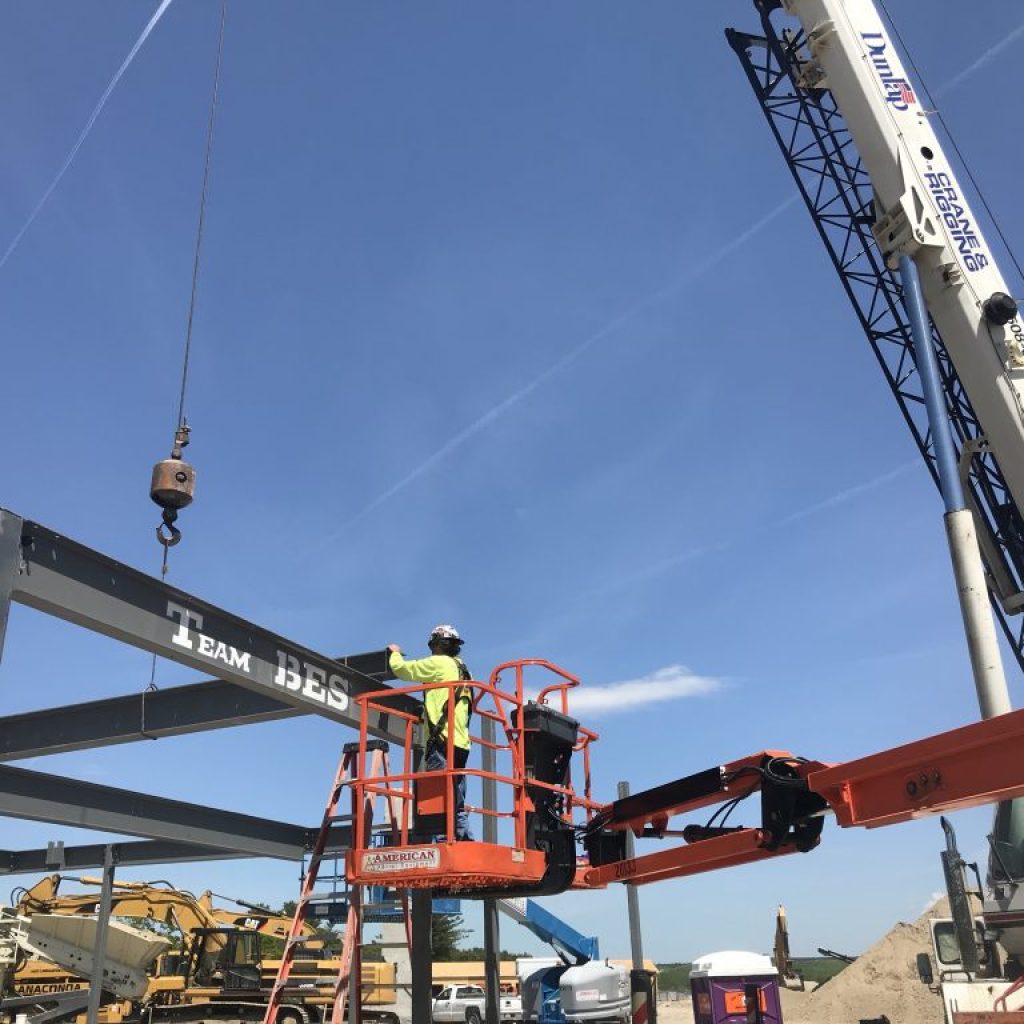6 Benefits of Using Structural Steel For Your Build

Building Envelope Systems (BES) offers structural steel materials and building services that provide precision and exactness that is unparalleled in architecture. In addition, its strength and durability make it a building material for many large, scalable construction projects. Using USA-based steel and its high-tech, automated machinery, you can ensure that you get the highest-quality building material each time. This blog will explore six main benefits of using structural steel for your next build.
6 Benefits of Using Structural Steel For a Successful Build
1. Durability & Strength
Structural steel is a highly durable construction material as compared to other structural materials, including wood, concrete, glass, or brick. Over time, buildings come into contact with various weather conditions and stress factors. The durability and strength of these buildings minimize the worry of instability. Structural steel has also been shown to be exceptionally resistant to damage, keeping its shape through earthquakes, hurricanes, and other natural disasters without cracking, splitting, or rusting.
2. A Cost-Effective Building Material
Though raw structural steel materials may be sold as a commodity, there are still significant cost savings associated with using it for a construction project. In addition, investing in steel will save you money in the long run. Thanks to its lightweight features, it will lessen the total weight on its foundations, leading to long-term cost reductions for maintenance needs. Structural steel also has a swift erection process, resulting in minimized construction costs, labor costs, and general condition costs associated with its installation.
3. Flexibility & Versatility
Architects and general contractors can enjoy greater structural steel design flexibility than other materials. It can be easily fabricated into different shapes and lengths without sacrificing strength or durability—making it ideal for complex designs that require precision cuts and measurements. Structural steel’s adaptability has proven versatile in countless building applications, from residential homes to large-scale industrial projects.
4. Structural Steel is Non-Combustible
Structural steel has excellent fire resistance ratings compared to other building materials—which means that it won’t burn or melt during a fire (or weaken due to extreme heat). This makes it an excellent choice for buildings in areas prone to fires (such as forests) and those constructed near hazardous materials (like chemical plants).
5. Sustainability
Steel is the most environmentally friendly construction material in the world, as it can be completely recycled and reused. In comparison, concrete construction materials make their way to landfills due to the difficulty of individual part recycling.
Currently, not only is 93% of steel being recycled around the globe but doing so requires much less energy than making new steel or other construction materials. This makes it the optimal choice for sustainable construction that stands the test of time.
6. Increased Safety
Safety is often the first factor when considering what material to use during your build. Structural steel is known for its superior safety features and is often the most viable choice when evaluating materials for commercial building projects. Its corrosion, mold and mildew, and fire-resistant properties provide an even more enhanced level of protection, allowing it to remain stable over prolonged periods. The lightness of the material reduces the risk of collapse due to extra weight on the structure, eliminating any potential threat from severe weather conditions.
The Building Envelope Systems Structural Steel Process
For over thirty years, the Building Envelope Systems team has built a solid reputation on service, devotion, loyalty, and hard, honest work. We are committed to providing quality service to the construction industry, beginning with our structural steel planning process.
Every steel structure project begins with shop drawings that help provide the necessary coordination between design and fabrication. Once approved, engineers and calculations identify and design the individual steel members. Then fabrication drawings depict the details of each piece to be cut, punched, and drilled. Material is staged according to the drawings, then processed through automated machines that fabricate into its designated shape and length. After all the parts have been cut and fitted together by welding or bolting them securely, paint can be applied then the entire completed structure is loaded onto the truck for erection at its final destination. This process ensures structures are built more robust and durable while accurately completed within budget and on time. Learn more about our structural steel construction offerings: https://www.teambes.com/structural-steel/
